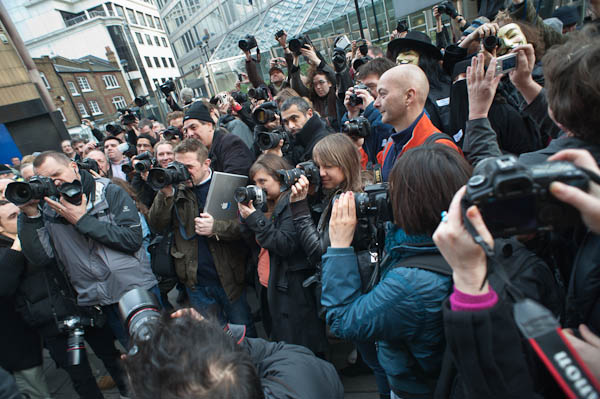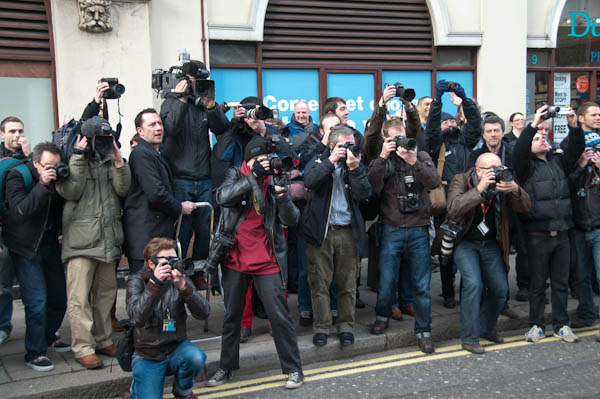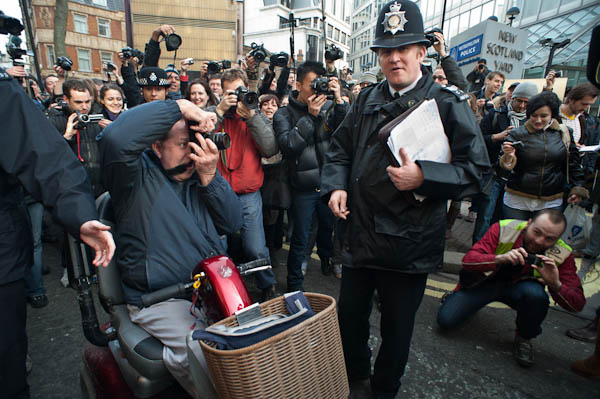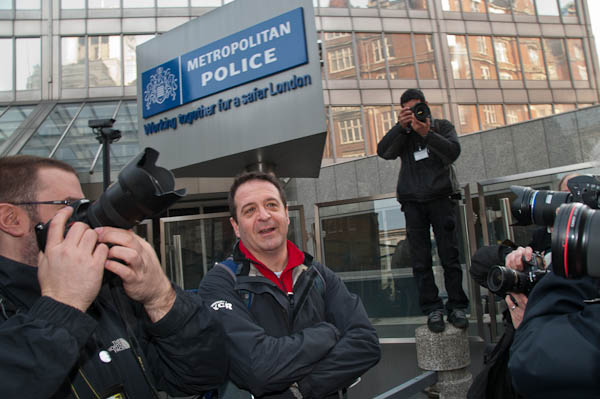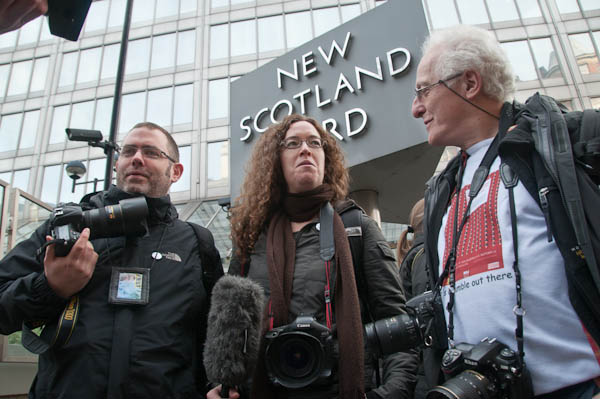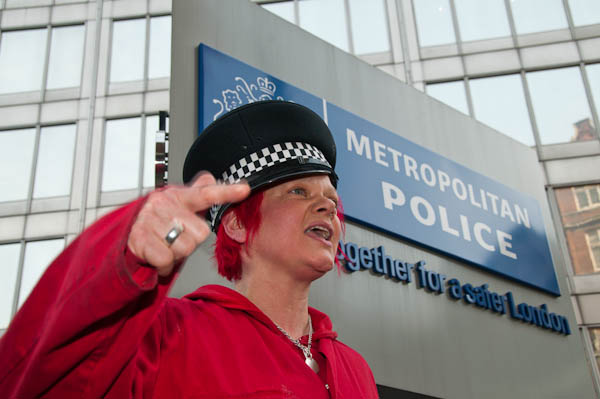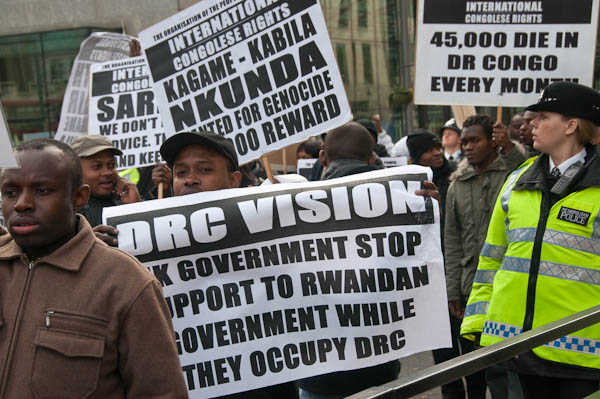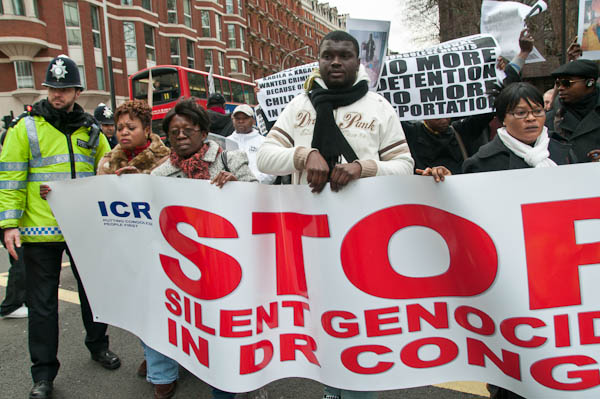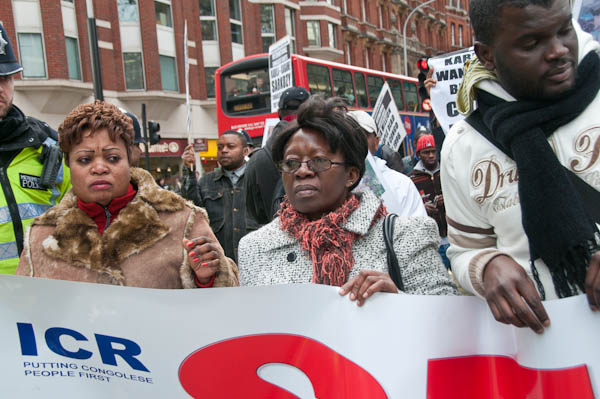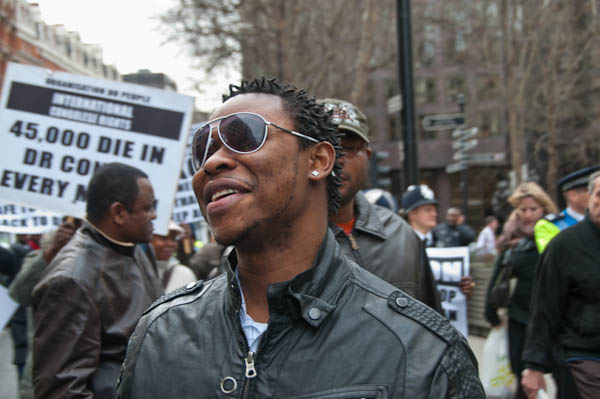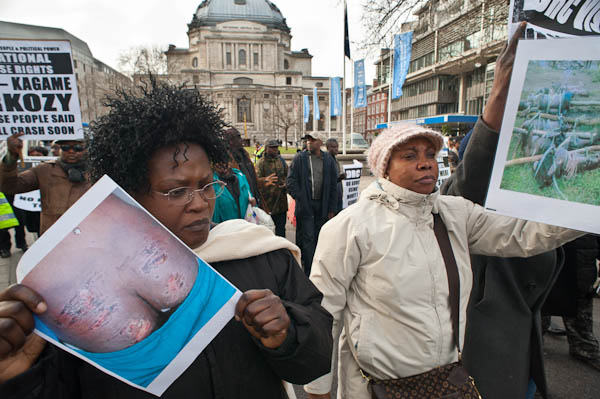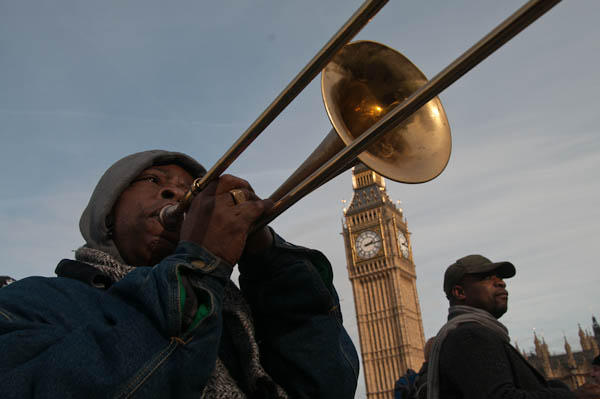Students March for Free Education. On Wednesday 4th November 2015 students, led by the National Campaign Against Fees and Cuts (NCAFC) marched through central London against the abolition of maintenance grants calling for free education without fees and huge student debts and an end to turning higher education into a market system impoverishing staff and students.
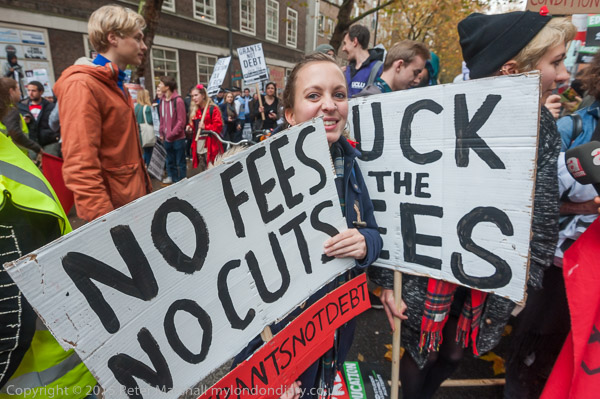
Back in the distant past when I was a student, UK students paid no tuition fees at UK universities and I got a grant of around £300 a year which was then just about enough to pay my living expenses, at least for the three terms I was away from each year, paid by my local authority.

Because my family income was low, I got a full grant, while some of my friends from wealthier families got lower grants and had to rely on their parents to give them a ‘parental contribution’ – and not all did, though some others were more than generous.
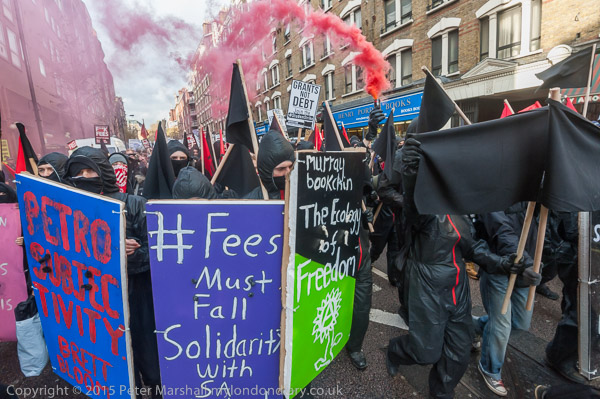
More recently, my two sons also benefited from maintenance grants and no fees, my younger son just squeezing into the final year before student fees came in. By then my salary as a teacher – our sole household income at the time – meant we were assessed to make a small parental contribution to his maintenance.

Since then things have got a lot tougher for students, with loans for both tuition fees and their living expenses. New Labour brought in tuition fees in 1998, means-tested at £1000 per year, then tightened the screw in 2004 when they tripled to £3000 and poorer families now had to pay the full amount.

In 2012 the Tory-led coalition tripled the fee yet again, setting a maximum of £9000 – and I think all universities charged more or less that maximum. Currently they are frozen after being rasied to £9250 in 2017, but are expected to rise with inflation from 2025 if no further changes are made. For a few years in opposition Labour promised to remove tuition fees, but that promise seems to have been quickly forgotten after Starmer became leader.

It was Thatcher who first introduced student loans for maintenance but these were in addition to maintenance grants for those who did not get full grants. It was again New Labour in 1998 that abolished maintenance grants for all but the poorest students – and these went in 2016.
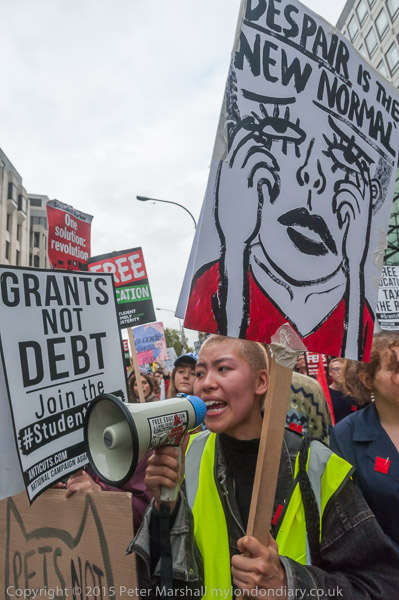
Student loans have operated under several systems since 1990, with the first major change taking place in 1998 and the next in 2012, when the first Income-Contingent Repayment Plan 1 was introduced. Students this year are on the 5th version of this, with a new version for those starting in 2023.

Martin Lewis summarises the 1923 changes in a clear graphic. Students who started in 2023 pay 9% of their income when they earn over £25,000 a year and keep paying for 40 years after they left university. Inflation-linked interest is added to the amount on loan, typically now around £60,000 for a three-year course.

Most students now also have to supplement their income with part time jobs, as estimates for the income needed to take a full part in three years of university life together with tuition fees come to more than £80,000. It’s a far cry from back when I was at university when students taking paid work during term-time was frowned upon or prohibited by the university authorities.
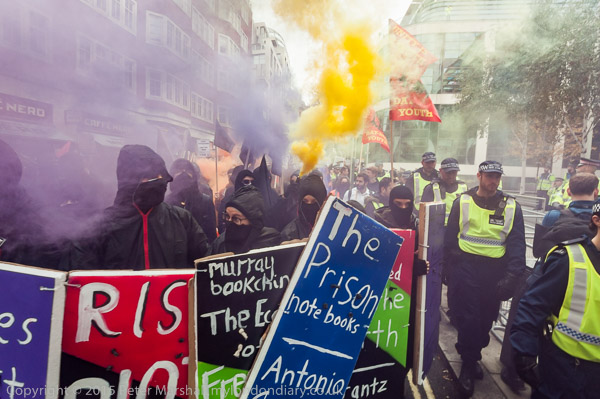
The 2015 protest formed up at Malet Street outside what had until 2013 been the University of London Union where there were speeched, then marched to Parliament Square . From there it went on the Home Office and Dept of Business, Innovation & Skills and became more chaotic, with a black bloc of students took over and police rather fragmented the march.
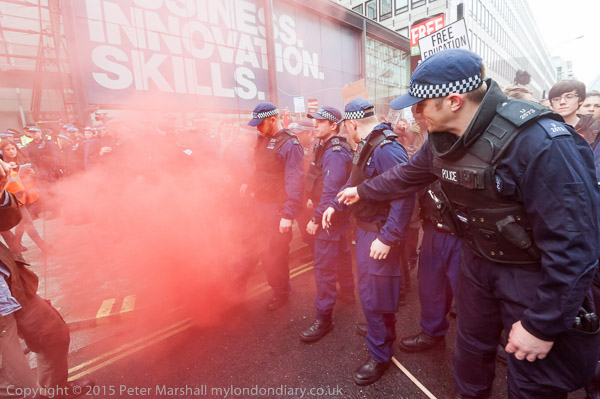
You can read about it and see many more pictures – and also of the celebration going on in Parliament Square following the release of the last British resident, Shaker Aamer from Guantanamo on My London Diary.
Free Education – No Barriers, Borders or Business
Students at Home Office and BIS
‘Welcome Home Shaker’ celebration
Flickr – Facebook – My London Diary – Hull Photos – Lea Valley – Paris
London’s Industrial Heritage – London Photos
All photographs on this page are copyright © Peter Marshall.
Contact me to buy prints or licence to reproduce.
